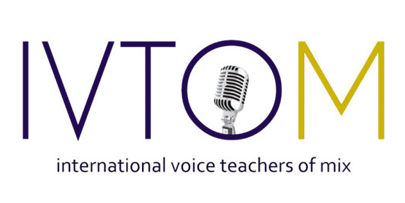Ask Dean: The Larynx-Tongue Paradox
An IVTOM member asked the question: “When my students are learning to lower the larynx, most default to pushing the larynx down with the base of the tongue, which adds considerable tension to the instrument. How do you encourage beginners to lower the larynx properly without getting too deep into an anatomy lesson? IF you use the yawn technique, do you have a particular way of getting around the instinctive retraction of the tongue?”
Answer: It’s not usually that we want to “lower the larynx”, we just don’t want the larynx to rise (usually) when the singer is singing higher notes. Yes, if the singer’s larynx is sitting unusually high to start with we will need to do some “lowering of the larynx”. However, most people’s larynx sits in a pretty ok position for singing. The problem is that many times (if not most times) the larynx wants to rise with the pitch. So our concern is to try and keep the larynx fairly stabile as the pitch rises.
I find that I don’t have to deal a lot with the larynx position directly. I focus on “keeping the sound going straight out of the mouth”. (Yes, the “pitch is on the vertical”, but the “word is on the horizontal”?) I watch to make sure the singer isn’t reaching up, pulling back or “letting go” as we do the exercises and as he moves up and down the scale. I tell the singer to “throw the sound straight out” and drop the jaw as he sings higher. Have the singer focus on “throwing the word straight out” all of the time. This seems to fix the problem of a rising larynx.
If some lowering of the larynx is desired to get a “deeper sound” or to encourage more acoustic space so that lower frequencies will be produced, or if the larynx is raising as the pitch does, there may be a need to use come exaggerated, “hooty” (low larynx) sounds. We use these to help the singer realize that the larynx can stay balanced as the pitch ascends. The key is to separate the tongue and the larynx.
Tell the singer to “throw his tongue forward as he drops his jaw”, or “yawn”, but push the tongue forward as he yawns. In this way you can help him release tension and “disconnect” the tongue and the larynx. We definitely don’t ever want to add any pressure or unnecessary tension in the physiology of the voice. I find that an “ee-yah” or an “ee-yo” exercise is very helpful rather than using a “hooty oo”. The tongue does often want to pull back on an “oo” vowel.
Hope that helps. Keep singing!
Dean Kaelin

